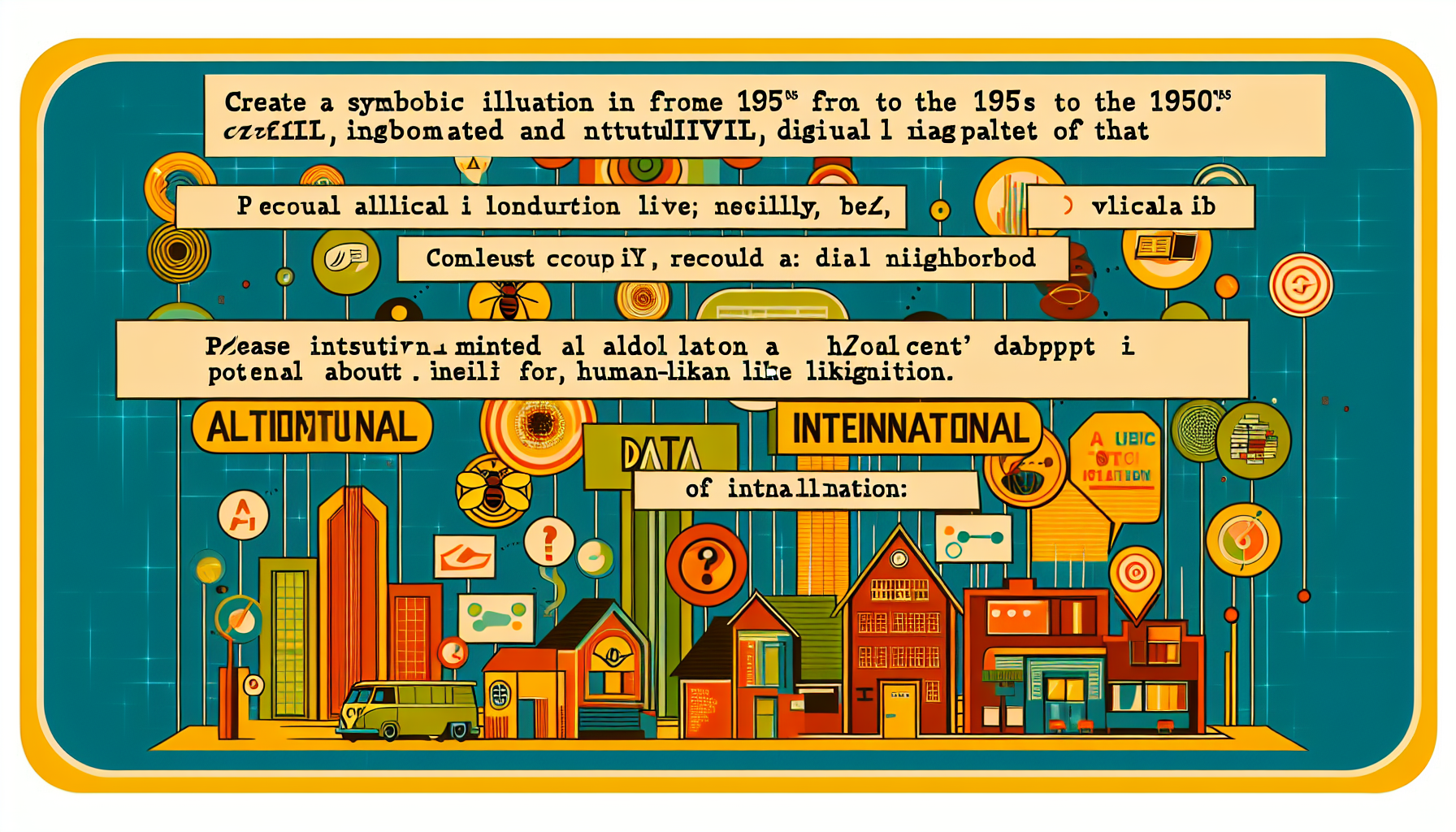In the digital neighborhood of artificial intelligence, where algorithms buzz like industrious bees and data piles up like virtual haystacks, there exists a complex concept known as intentionality. Now, if you’re scratching your head wondering how AI, a construct made of code and silicone chips, could have anything close to human-like intention, you’re in good company. It’s a debate as lively as asking whether a toaster dreams of bagels. But let’s dig in and explore this intriguing facet of AI decision-making.
What Is Intentionality, Anyway?
Intentionality is a philosophical term that essentially refers to the “aboutness” of thoughts. When you think about how delicious pizza is, your thought is about pizza. It carries with it a certain direction and purpose. Human beings naturally possess intentionality because our cognitive states are usually about objects or states of affairs in the world. We intend things, plans, actions, and sometimes, far-off vacation spots.
In the starry universe of AI, however, things are a bit different. AI can simulate decision-making processes that mimic intentional behavior but without any real understanding or conscious awareness. To the AI, decision-making is more like ticking boxes on a questionnaire, albeit one where the questions are never-ending and sometimes contradictory.
AI Decision-Making
Let’s peek under the hood of AI decision-making for a moment. At its core, AI makes decisions by analyzing data inputted by users, identifying patterns, and applying pre-established rules or learning from experiences. Algorithms parse through millions of data points at light speed to make what appears to be an intentional choice. But are these decisions genuinely intentional?
AI decision-making is like following a complex recipe to bake a cake—but without ever understanding what sugar or flour is. You could praise the AI for baking the cake perfectly, but the AI wouldn’t savor its success. It simply wouldn’t know.
Simulated Intentionality: A Useful Illusion
The notion of AI having simulated intentionality is fascinating as it allows machines to mimic intentional behavior without actual intent. At a practical level, this can lead to some pretty compelling interactions and outcomes. Think of AI that recommends what movie you might like on a quiet Friday night. It’s not thinking, “Jane might enjoy a comedy to lift her spirits,” but rather sifting through data and using probability to suggest options.
While this stripped-down imitation of intentionality doesn’t hold a candle to human intuition, simulated intentionality in AI can lead to substantial benefits and innovations. Robots with such capabilities can assist in various sectors like healthcare, where they might help diagnose diseases based on observed patterns—again, without understanding what a “disease” really is.
The Potential Implications of General AI
Imagine a world where AI evolves to not just simulate but genuinely reflect intentionality. Enter the concept of Artificial General Intelligence (AGI)—machines that possess human-like awareness, understanding, and intent. A philosophically tantalizing prospect, AGI presents an entirely new box of biscuits. Admittedly, some of these biscuits might be a little crumbled.
The implications of AGI are boundless and a tad intimidating. If machines could set intentions, they would fundamentally alter our ethical, social, and existential landscapes. There’s a potential for improved decision-making on global scales, yet there’s also the risk of AI having misguided intentions without moral guidance.
Ethics and Responsibility in AI Intentionality
Assigning intentions or decision-making capabilities to AI brings up a closet full of ethical considerations. Who holds responsibility for the decisions made by autonomous machines? It’s a bit like blaming your coffee machine for cold coffee because you forgot to switch it on.
Society would need to craft frameworks to manage the ethical implications, determining when AI should overrule human decisions (if at all), and understanding how simulated or real intentionality by machines fits into our legal and moral systems. Like rules for a board game no one wants to play.
The Human Condition: A Contrasting View
Human intentionality is rooted in consciousness and is a byproduct of our subjective experiences, emotional capacities, and free will considerations. The richness of human experience contrasts sharply with current AI capabilities, making our intentions laden with personal meaning and cultural context.
Our decisions are ultimately influenced by myriad factors, from gut feelings to existential beliefs, resulting in actions that reflect our complex, interconnected worldviews. This nuanced decision-making is a defining feature of the human condition, leaving our technological counterparts in the dust—for now.
Conclusion: Intentionality in the Balance
The role of intentionality in AI decision-making is a dance on the philosophical dance floor. It’s complex, exciting, and at times, bewildering. As technology hurtles forward, we stand at the cusp of potentially revolutionary transformations. Yet, much like the complexity of the human condition itself, it’s full of depth and nuance, far beyond simple equation-based logic.
For now, while AI thrives on structured rules and patterned chaos, the enchanting enigma of true intent remains a fantastical horizon in the field of artificial intelligence. A horizon that beckons us to ponder not just the capabilities of AI, but the very essence of thought, awareness, and what it truly means to intend. So here’s to a world where humans and AI make better decisions together—or at the very least, have more spirited conversations over a cup of coffee.

Leave a Reply